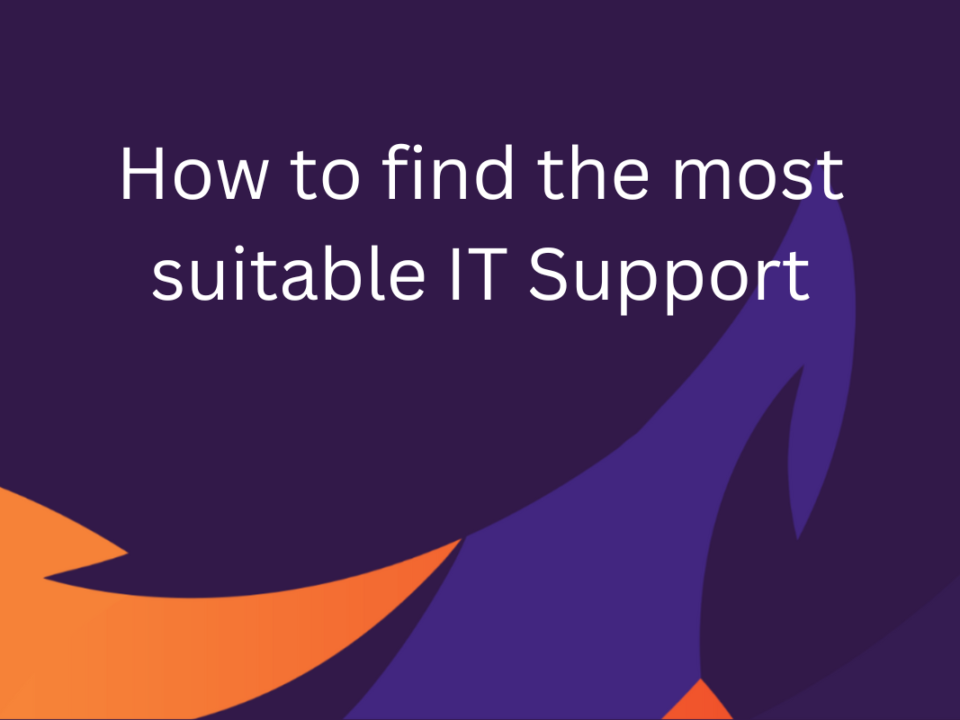Does your company have good enough IT support?
Daily IT support for SMEs is usually manageable. That is, until the unexpected happens. The day-to-day running of the IT equipment and software can be covered by an individual or small group of people working either on-site or on a consultancy-type basis. Then something more dramatic occurs – power is lost to the building, for example, and the backup drives are on the same circuit. There is nothing to be done apart from wait for the building management team and energy provider to resolve the situation. But what state will everything be in once the systems are restored? What sequencing protocol needs to be followed? How much data will have been lost? How do you know how much data has been lost?
Furthermore, if that moment does arrive and the IT Helpdesk team are called, then they need to be knowledgeable, proactive, and courteous in order that they can do their utmost to ensure that the situation is resolved as quickly as possible. If required, they will also need to be able to invoke the managed disaster recovery solution so that your business is back online and operational as soon as possible, keeping downtime to an absolute minimum.
It’s important that the IT Helpdesk are always on hand, and thinking outside of the box to ensure that any issues found aren’t part of a larger problem. For example, a PC might be running slowly, and the usual thought process might be that it’s a local hardware problem. However, this could be part of a larger malware issue affecting the wider IT network and need resolving with a more considered approach.
If you have an internal first-line IT support team, can you be sure that they’d know what to do in a potential data loss or ransomware situation? Do they have the necessary backup to resolve the situation? Are they as skilled as they need to be?
These are the worries that can keep company management awake at night. Having the right IT set up and support can take that concern away. Your first step should be sitting down with your IT team and conducting a disaster recovery simulation and skills audit. Ensure everyone knows what to do in the event of an IT crisis, find out where their weaknesses are and arrange a time for comprehensive cyber security training. You might even conclude that investing in full IT support, IT network and desktop support, or even IT support on a consultancy basis is the best solution if you have large amounts of highly sensitive data that you can’t afford to lose or let fall into the wrong hands.
At CARA, we offer a range of IT support as well as Pay As You Go IT Support Services (PAYG IT) for those emergency situations – even without a contract. With PAYG IT, you can get the situation resolved as soon as possible with the minimum of inconvenience to your business at a known cost. Contact us today to find out more.




